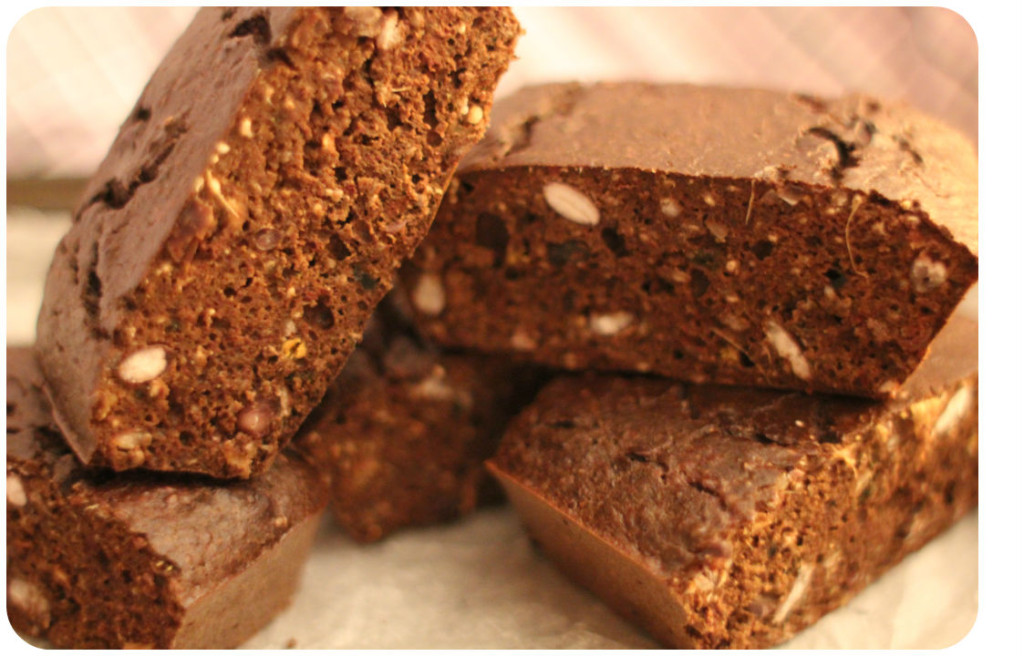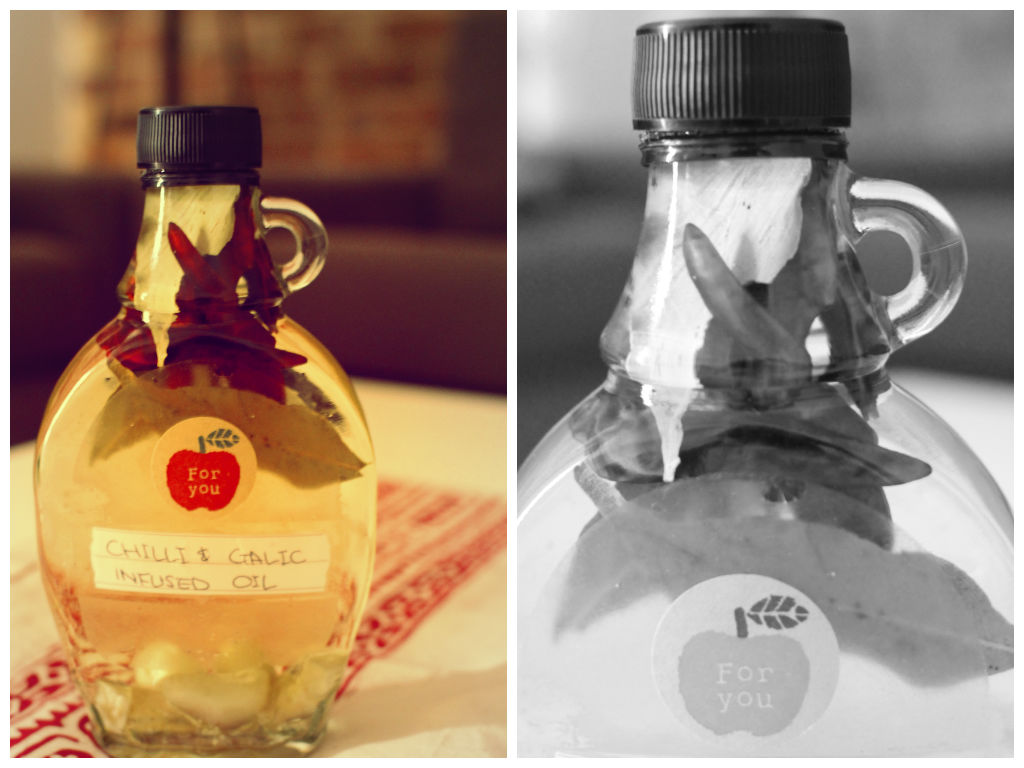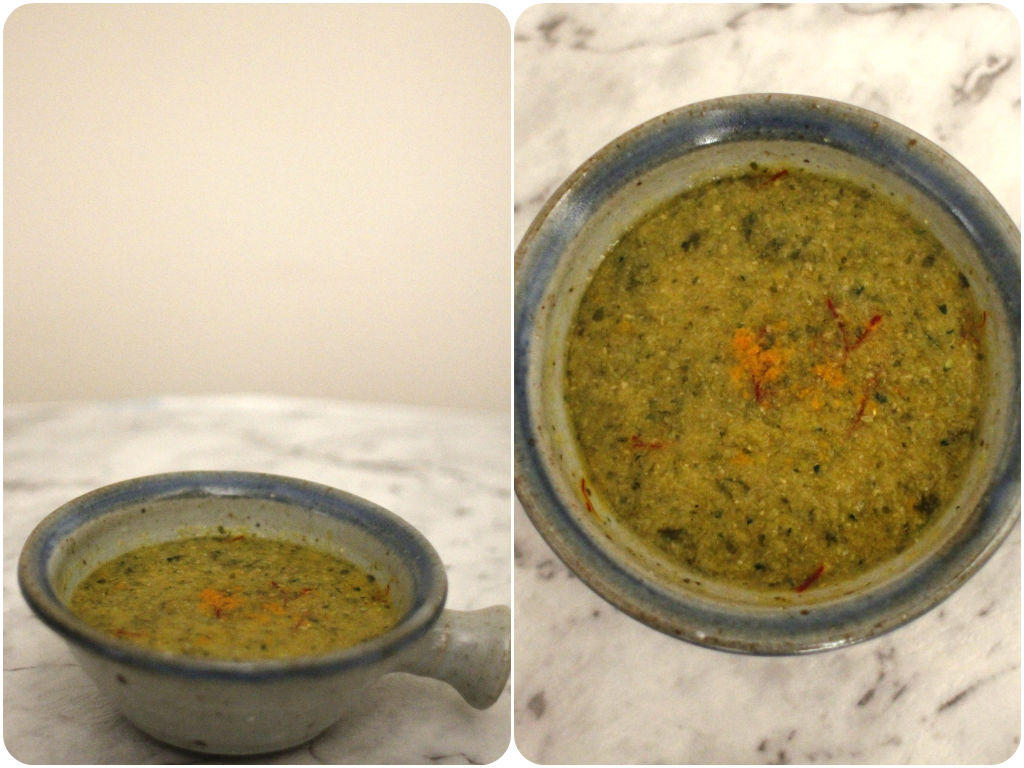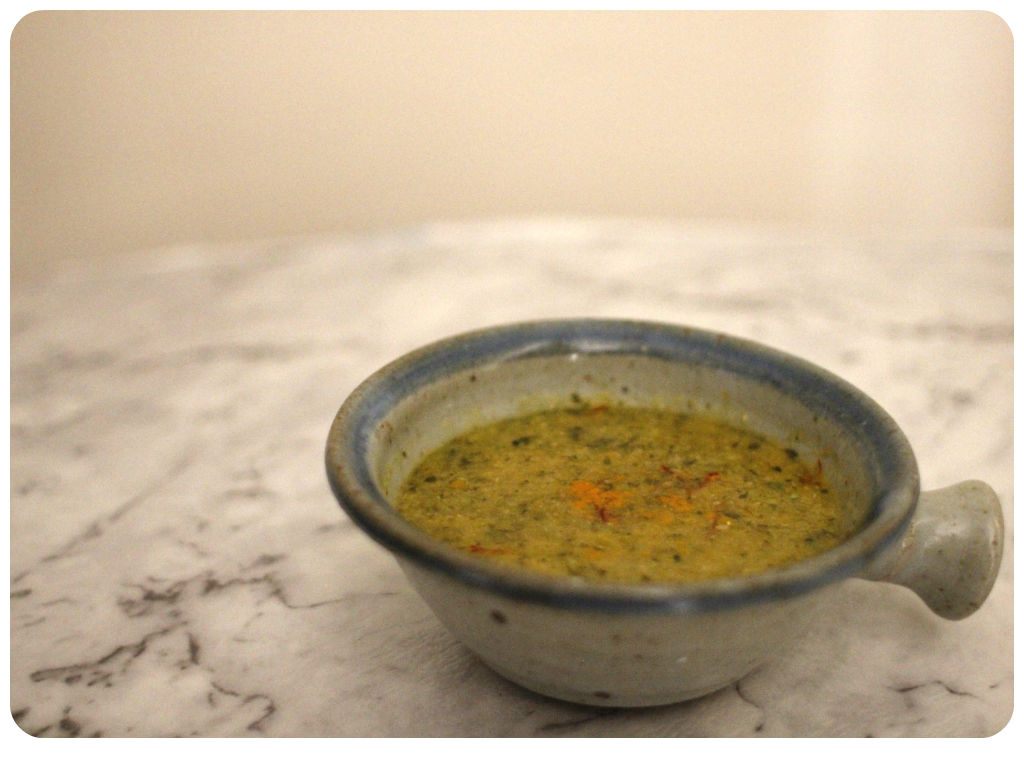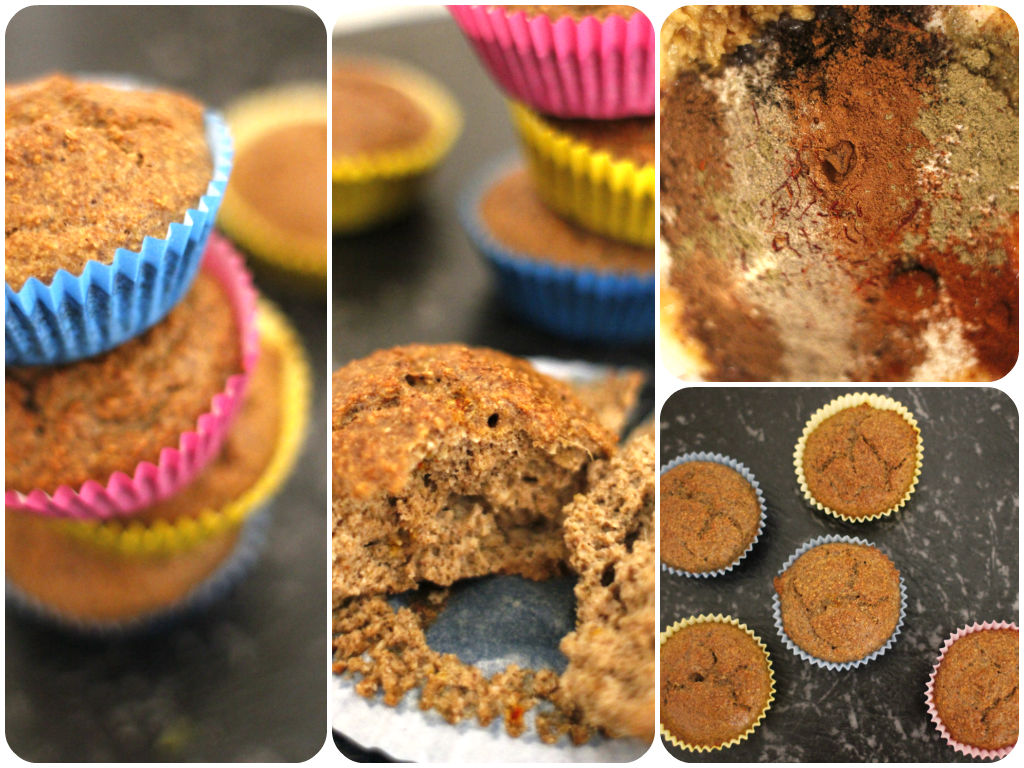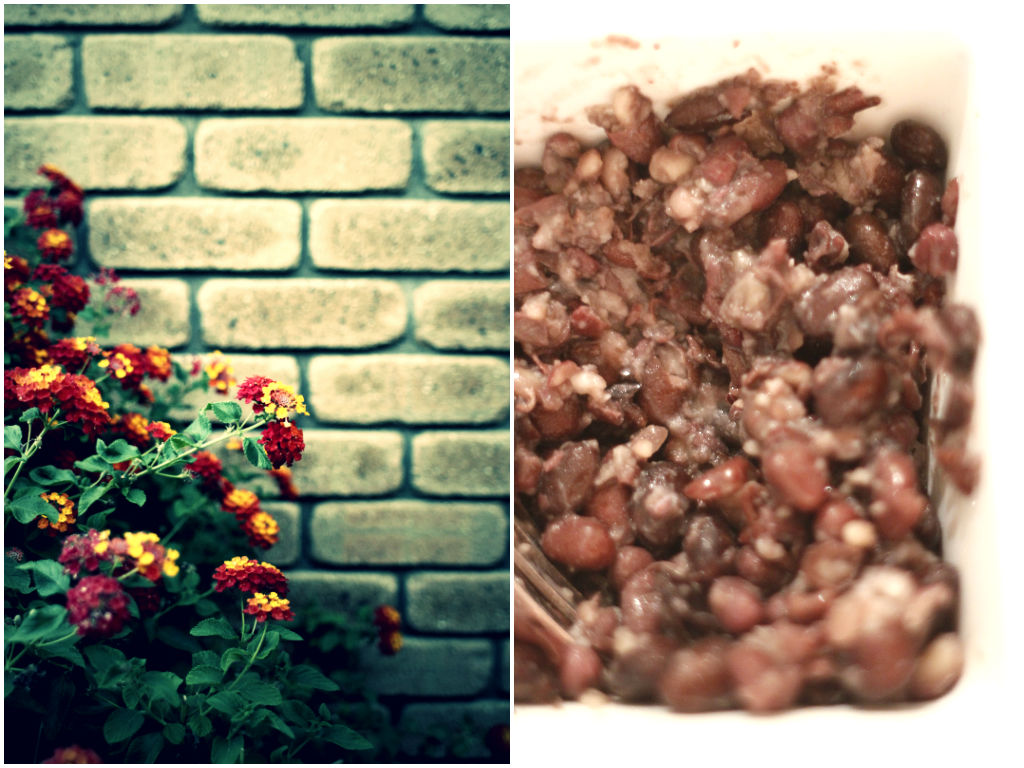 Yes, dessert can be healthy yet still delicious! I like putting savory ingredients in sweets e.g. beetroot, zucchini, eggplant, pumpkin, beans. It really fools you! They don’t taste like beans at all, but adds an amazing flavour and consistency. Rich, dark, moist, chocolatey and fudgy. Just the way the brownie should be! Trust me on this. You will fall in love with this after the first bite. From a health point of view, it is gluten-free, sugar-free and guilt-free. This brownie has a good amount of protein from beans and eggs, which means it fills you up and stabilises your blood sugar level unlike other desserts that are commonly full of sugar and empty calories. Great for a breakfast if you have a sweet tooth, a snack with a cuppa, even a satisfying yummy dessert with a glass of red 🙂
Yes, dessert can be healthy yet still delicious! I like putting savory ingredients in sweets e.g. beetroot, zucchini, eggplant, pumpkin, beans. It really fools you! They don’t taste like beans at all, but adds an amazing flavour and consistency. Rich, dark, moist, chocolatey and fudgy. Just the way the brownie should be! Trust me on this. You will fall in love with this after the first bite. From a health point of view, it is gluten-free, sugar-free and guilt-free. This brownie has a good amount of protein from beans and eggs, which means it fills you up and stabilises your blood sugar level unlike other desserts that are commonly full of sugar and empty calories. Great for a breakfast if you have a sweet tooth, a snack with a cuppa, even a satisfying yummy dessert with a glass of red 🙂
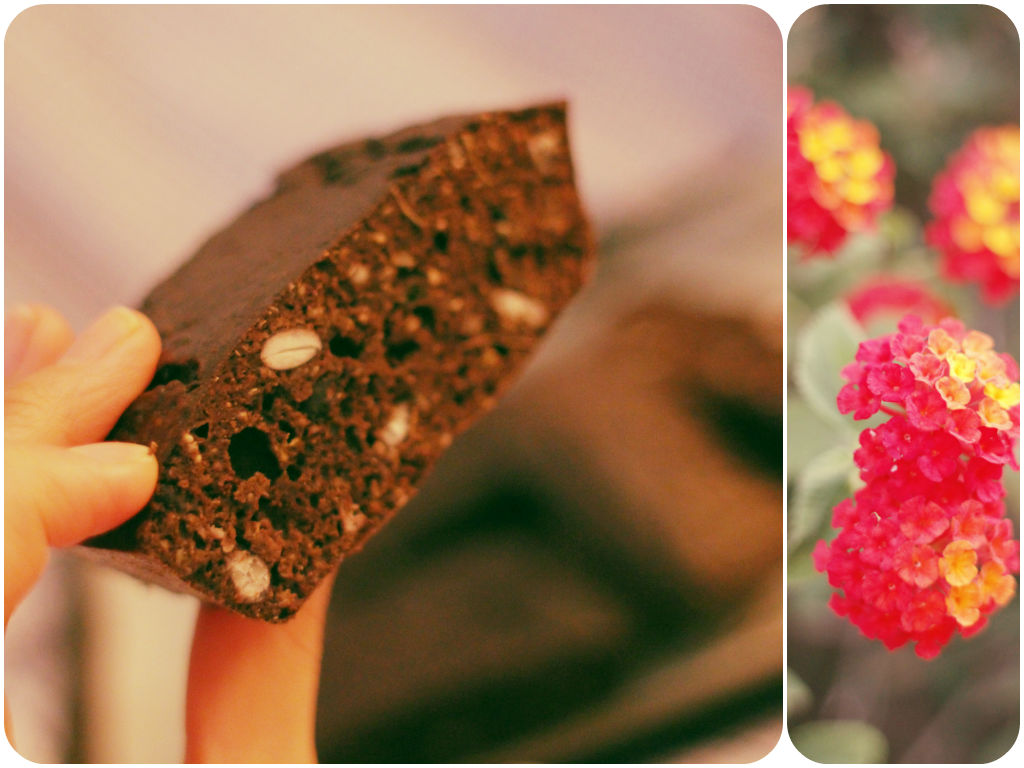 Cacao powder – well known superfood. The best source of magnesium and anti-oxidants.
Cacao powder – well known superfood. The best source of magnesium and anti-oxidants.
Almonds – high in essential minerals such as calcium, magnesium, potassium, vitamin E
Black beans – very high in fibre, folate, protein, anti-oxidants, an amazing longevity food!
Cinnamon – natural anti-infectious components, contains fibre, calcium, iron and manganese
Chia – very high in fibre, omega 3, a complete protein, anti-oxidants
Maple syrup – an anti-oxidant powerhouse. contains anti-inflammatory compounds, essential minerals like zinc, iron, calcium, and potassium. helps with digestion and muscle recovery
Ingredients
1 cup of cooked black beans and adzuki beans
50g almond meal
25g cacao powder
1/2 teaspoon of baking powder
1 teaspoon of cinnamon powder
1 teaspoon of nutmeg
1 table spoon of chia seeds
1/4 cup of coconut oil
1/3 cup of maple syrup
3 eggs
a pinch of salt
Soak dried black beans over night. Wash well and cook in a boiling water until soft and tender. Drain and mash them with the back of the fork. Add all wet ingredients in a mixing ball, and then dry ingredients. Combine well making sure there is no lumps. Pour into the baking tin and bake in the preheated oven (180) for 40 minutes until cooked.

